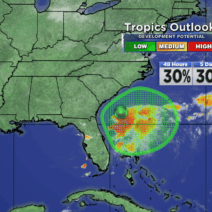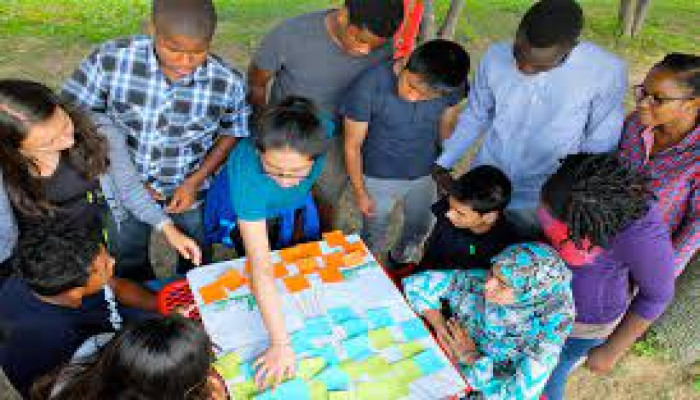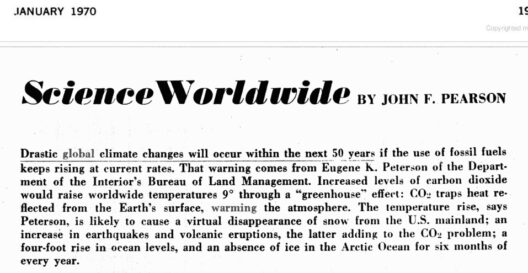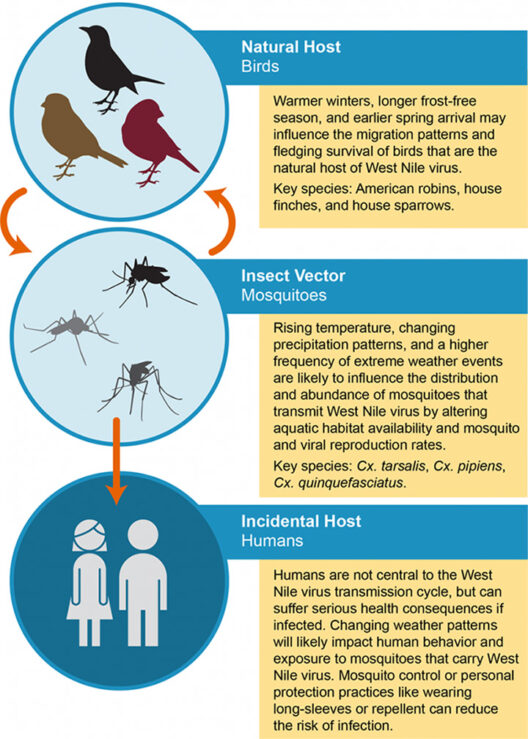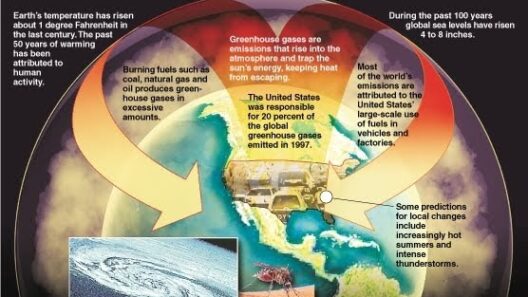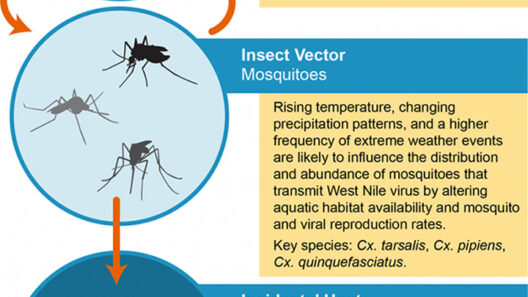Global warming is an urgent issue that necessitates immediate attention, particularly from educators who have the unique opportunity to instill knowledge, raise awareness, and spur action among the younger generation. Teaching children about global warming is not merely an academic exercise; it is a vital part of fostering a culture of environmental stewardship and responsibility. This discourse will explore various methodologies, subjects, and resources educators can utilize to teach children about global warming and inspire meaningful action.
One effective approach to educating children about global warming is through experiential learning. This method encourages scholars to engage directly with their environment. Activities such as nature walks, community clean-ups, or even gardening can create visceral connections to environmental issues. By immersing students in the natural world, educators can illustrate the tangible impacts of climate change, making the subject more relatable and poignant.
Incorporating multimedia resources is another powerful tactic. Documentaries, video segments, and interactive presentations can capture the attention of learners, particularly younger ones who may not yet appreciate the gravity of the issue. For instance, films depicting the polar ice caps melting or the plight of endangered species can evoke empathy, triggering deeper emotional responses than textbooks alone. Pairing fiction with reality—such as books that portray climate change challenges and victories—also offers an engaging narrative through which students can explore these concepts.
Moreover, utilizing technology in the classroom can open doors to innovative learning experiences. Digital platforms and applications enable interactive simulations where students can visualize the consequences of global warming. Through games that illustrate carbon footprints or virtual reality that allows exploration of deforested areas, children can better understand the complexities of climate dynamics. These technologically enhanced lessons can empower students to recognize their potential impact and responsibilities regarding environmental conservation.
Classroom discussions provide another opportunity for educators to engage students on the topic. Facilitating dialogues about the causes and effects of climate change allows children to express their thoughts and feelings while also grasping varied perspectives. Debates on climate policies or ethical responsibilities can encourage critical thinking, analytical skills, and moral reasoning. These discussions can also aid in dispelling misconceptions about climate change and reinforce the scientific consensus surrounding the phenomenon.
To foster actionable inspiration, educators can integrate project-based learning into their curricula. Assigning projects such as creating a climate action plan for their school or neighborhood encourages students to take ownership of the issue. By researching local environmental problems, proposing solutions, and perhaps even pitching their plans to school boards or local leaders, students can see the tangible impact of their efforts. Such projects motivate civic engagement and can result in actionable changes within the community.
Additionally, connecting with local environmental organizations can enrich the educational experience. Collaborating with non-profits that focus on climate issues enables students to witness firsthand the work being done to combat global warming and provides opportunities for activism. Whether it’s participating in a local tree-planting initiative or attending a climate rally, these experiences can help to solidify students’ commitment to environmental advocacy.
Involving parents and the community is crucial when teaching children about global warming. Schools can host workshops or informational evenings to inform families about climate issues and actionable steps they can take collectively. Engaging the wider community fosters an environment of collaboration and shared responsibility, reinforcing the idea that individual actions are part of a larger movement towards sustainability.
Another vital aspect of teaching children about global warming involves exploring potential solutions. Discussing renewable energy sources—such as solar, wind, and hydroelectric power—demystifies the actions being taken to combat climate change. Educators can conduct experiments or create models demonstrating how these systems work, sparking curiosity and innovation. Inspirational case studies of communities or countries successfully implementing sustainable practices can further motivate students by illustrating that solutions are within reach.
Inclusion of global perspectives in climate education is essential. Inviting guest speakers from diverse backgrounds who work on climate initiatives globally can highlight the worldwide nature of climate change. These voices can bring personal stories and insights that underscore the seriousness of the situation while encouraging a global mindset among students. This inclusivity nurtures empathy and a broader understanding of the interconnectedness of humanity concerning environmental issues.
Lastly, it is paramount to empower students with the knowledge that their actions matter. Teaching children how to effectively advocate for policy change through letter-writing campaigns or social media advocacy can galvanize their passion. Role-playing as environmental advocates or engaging in mock legislative sessions ensures that students comprehend how they can influence decision-making processes. By equipping the youth with the tools they need to voice their opinions, educators foster a generation that is not only aware of global warming but also intent on effecting change.
In conclusion, educators play a critical role in shaping younger generations’ understanding of global warming. Utilizing a diverse array of teaching methodologies—from experiential learning and multimedia resources to community engagement and project-based initiatives—can effectively convey the implications of climate change while also inspiring action. By creating a curriculum that emphasizes empathy, awareness, and empowerment, educators can cultivate individuals who are informed, engaged, and proactive in the fight against global warming. The path forward lies in fostering an educational environment where the youth are not only taught about climate issues but are also motivated to take ownership of their role in creating a sustainable future.

